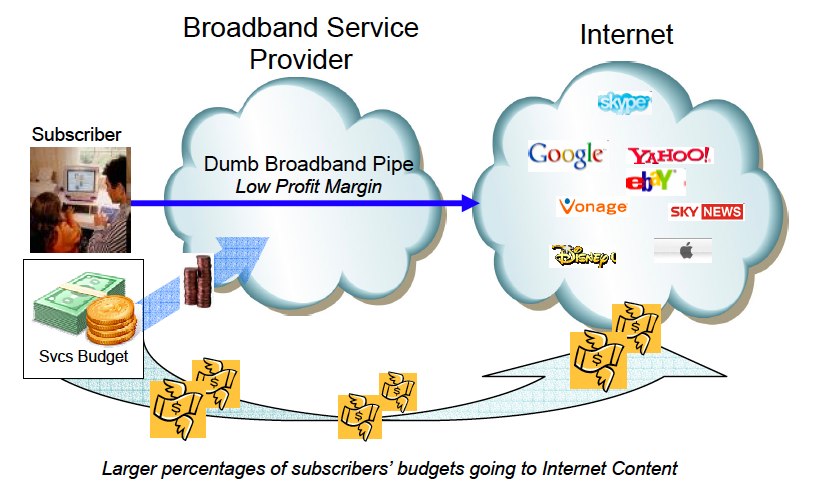Report: Improper use of Deep Packet Inspection could be Internet game-changer

There are legitimate uses for a technology called Deep Packet Inspection. But it's the "improper" use of the technology that prompted Washington-based Free Press to release a report this week entitled: "Deep Packet Inspection: The End of the Internet As We Know It."
In a nutshell, DPI allows Internet Service Providers to monitor Internet traffic in their pipelines in real-time and use that data to deliver targeted advertising, control the speed of access to Web-based services or impose tiered pricing models for light or heavy users. That's the "improper" use that's made the technology controversial. The legitimate usage would fall in the lines of routing traffic to make sure that emergency services - such as a 9-1-1 call over a VoIP service - isn't slowed down by a large number of people streaming a March Madness game. In its report, Free Press explains how DPI works:
Messages on the Internet are broken down into small units called packets. Each packet contains a header and a data field. The header contains processing information, including the source and destination addresses. The data field contains everything else, including the identity of the source application (such as a Web browser request, a peer-to-peer transfer, or an e-mail), as well as the message itself (part of the contents of a Web page, file or e-mail). Packets are much like letters – the outside of the envelope is like the packet header, and the inside, like the data field, carries the message.
Historically, Internet communications were processed using only information in the header, because only that information is needed to transfer packets from their source to their destination. By contrast, DPI technology opens and reads the data field in real time, allowing network operators to identify and control, at a precise level, everyday uses of the Internet. Operators can tag packets for fast-lane or slowlane treatment – or block the packets altogether – based on what they contain or which application sent them.
Building on the analogy, it's like the Post Office opening our credit card bills to see where we shop and dine and then putting coupons in the mailbox to lure us to competing stores and restaurants. It's no wonder that DPI became a hot-button topic in Washington last fall and that lawsuits against NebuAd and Adzilla have popped up.
In the U.S., ISPs have backed away as far as possible from any connection related to DPI. But that hasn't been the case in other countries, notably the U.K., where a DPI company called Phorm was given a go-ahead flag by regulators. Phorm's future, however, looked a bit shaky when executives were leaving late last year.
Still, regardless of who's providing the technology, Free Press argues that the improper use of it could be a real Internet game changer:
improper use of DPI can change the Internet as we know it – turning an open and innovative platform into just another form of pay-for-play media. Although early uses of real-time DPI by ISPs have been geared toward targeted advertising and reducing congestion, manufacturers market the technology for its ability to determine and control every use of a subscriber’s Internet connection. When a network provider chooses to install DPI equipment, that provider knowingly arms itself with the capacity to monitor and monetize the Internet in ways that threaten to destroy Net Neutrality and the essential open nature of the Internet.
It's understandable how the ISPs would want to find a new source of revenue from their pipelines, which are under pressure to be faster and fatter to accomodate services such as streaming video, webcasts and voice services - Web-based services that generate revenue for others. And then there are images like these that were highlighted in the Free Press report as a way of showing ISPs how DPI technology can turn their low-margin dumb pipe into a money-making smart pipe.
Also see: Berners-Lee: Deep packet inspection compromises Net integrity
Does Big Brother know where you've been surfing?
Verizon: Put the brakes on broadband monitoring
